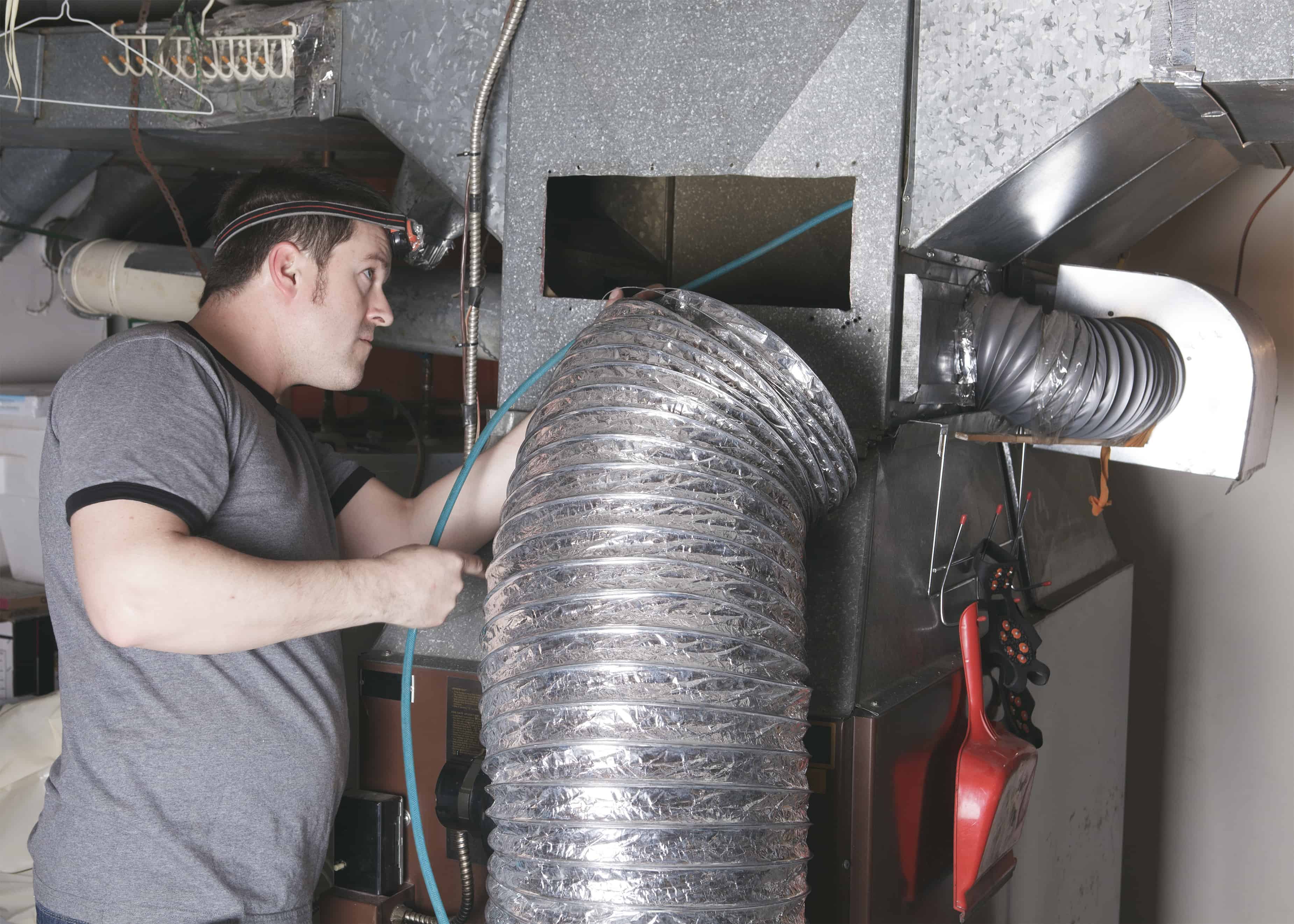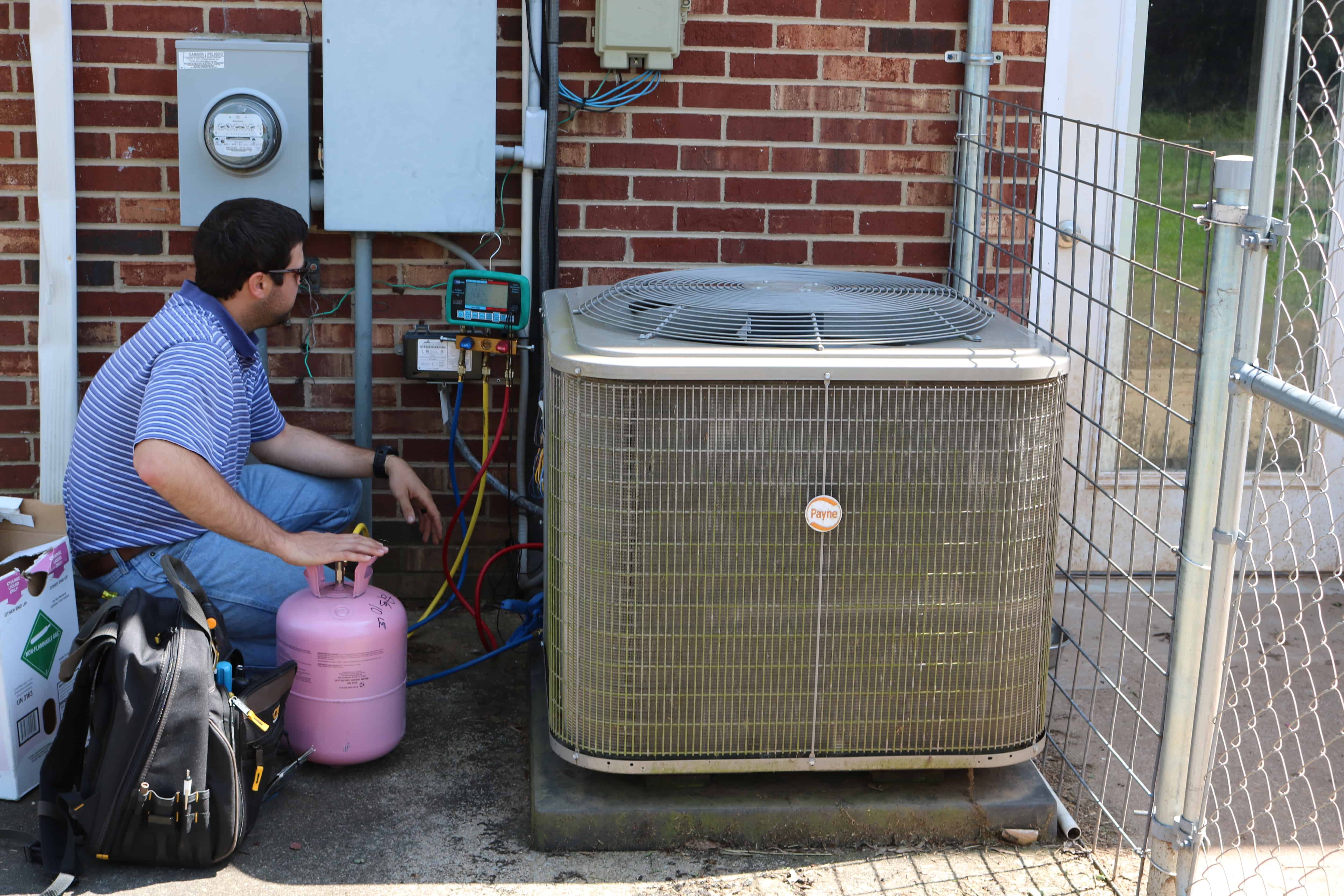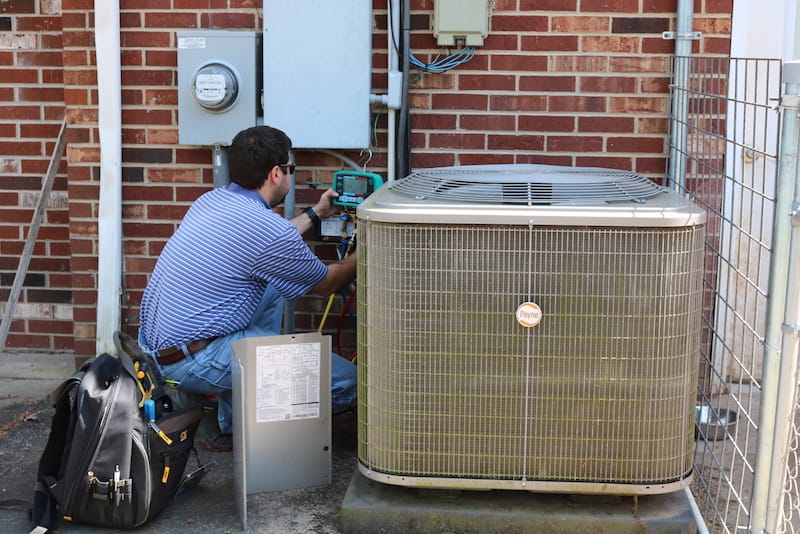Reidsville Heating And Air Reidsville Nc

Is your Reidsville, NC home feeling a little less comfortable than it should be? Facing problems with your heating and air conditioning can be frustrating, but many common issues can be diagnosed and sometimes even resolved with a little know-how. This guide is designed to help Reidsville homeowners troubleshoot common HVAC problems, saving you time and potentially money. We'll walk you through step-by-step, emphasizing safety and identifying when it's time to call a qualified Reidsville Heating & Air professional.
The Case of the Weak Airflow: A Common Culprit
One of the most frequently reported problems in Reidsville homes is reduced or weak airflow from vents. Imagine turning on your AC on a hot summer day, only to feel a gentle puff instead of a refreshing blast. This can lead to inconsistent temperatures throughout your house and strain your HVAC system. Let's investigate why this might be happening.
Step 1: Check Your Air Filter – The First Line of Defense
The air filter is your HVAC system's primary protector against dust, pollen, and other debris. A clogged filter restricts airflow, forcing your system to work harder and reducing its efficiency. This is the most common cause of weak airflow, and fortunately, it's often the easiest to fix.
- Locate your air filter. This is usually located in the air handler unit, often in a hallway closet, the attic, or the basement. Refer to your owner's manual if you're unsure of its location.
- Turn off your HVAC system. Always turn off the power to your HVAC system at the breaker box before changing the filter. This is a crucial safety step.
- Remove the old filter. Note the direction of the airflow arrow on the filter. You'll need to install the new filter with the arrow pointing in the same direction.
- Inspect the old filter. Is it visibly dirty, clogged with dust, or matted? This confirms that it needs replacing.
- Install the new filter. Make sure you're using the correct size and type of filter recommended by your HVAC manufacturer.
- Turn your HVAC system back on.
How often should you change your filter? Generally, changing your filter every 1-3 months is recommended. Homes with pets, allergies, or construction nearby may need more frequent changes. Check your filter monthly to assess its condition.
Step 2: Inspect Your Vents – Are They Open and Unobstructed?
Sometimes, the solution is as simple as ensuring that all your vents are fully open and unobstructed. Blocked vents can significantly reduce airflow to specific rooms.
- Check each vent in your home. Make sure the vent louvers are fully open.
- Remove any obstructions. Move furniture, rugs, or curtains that might be blocking airflow from the vents.
- Inspect the vent itself. Look for any visible debris or obstructions inside the vent. You can use a vacuum cleaner with a hose attachment to remove any loose debris.
Step 3: Examine the Outdoor Unit – Is it Clean?
Your outdoor unit (the condenser) is responsible for releasing heat from your home during cooling. If it's covered in dirt, leaves, or debris, it can't function efficiently, leading to reduced airflow and decreased cooling capacity.
- Turn off the power to the outdoor unit. Again, safety first! Disconnect the power at the breaker box.
- Remove any visible debris. Clear away leaves, twigs, grass clippings, and other debris from around the unit.
- Clean the fins. Use a garden hose with a gentle spray nozzle to rinse the fins of the outdoor unit. Spray from the inside out to avoid bending the fins. Be careful not to use high pressure, as this can damage the fins.
- Straighten any bent fins. If you notice any bent fins, you can gently straighten them with a fin comb (available at most hardware stores).
- Turn the power back on to the outdoor unit.
Step 4: Check for Leaks in Ductwork (If Accessible)
While not always easily accessible, leaking ductwork can be a significant source of airflow loss. If you have access to your ductwork in the attic, crawl space, or basement, take a look for any obvious signs of damage or leaks.
- Visually inspect the ductwork. Look for any tears, holes, or disconnected sections.
- Feel for air leaks. With the HVAC system running, feel around the ductwork for any air escaping from cracks or joints.
Note: Sealing ductwork effectively often requires specialized tools and knowledge. While you can attempt to seal small leaks with duct tape (though foil tape is preferred for its durability and heat resistance), larger leaks or extensive damage should be addressed by a professional.
When to Call a Reidsville Heating & Air Professional
While these DIY steps can resolve many common airflow problems, there are situations where professional help is essential. It's time to call a qualified Reidsville HVAC technician if:
- You've tried all the above steps, and the airflow is still weak. This could indicate a more serious problem with your blower motor, compressor, or other components.
- You suspect a refrigerant leak. Refrigerant leaks are dangerous and require specialized equipment to detect and repair. If you notice ice forming on your refrigerant lines or hear a hissing sound, call a professional immediately.
- You're uncomfortable working with electricity. Never attempt to repair electrical components of your HVAC system if you're not comfortable and qualified to do so.
- You suspect a problem with your ductwork that you cannot safely access or repair. Leave ductwork repairs in hard-to-reach areas to the pros.
- Your HVAC system is making unusual noises. Loud banging, grinding, or hissing sounds can indicate serious mechanical problems.
- Your energy bills have suddenly increased without any obvious reason. An inefficient HVAC system can lead to higher energy consumption.
- Your system is old or nearing the end of its lifespan. It might be more cost-effective to replace an old, inefficient system than to continue repairing it.
Remember: Proper HVAC maintenance is key to preventing problems and extending the lifespan of your system. Consider scheduling regular maintenance with a reputable Reidsville Heating & Air company to ensure your system is running efficiently and safely.
Beyond Airflow: Other Common Issues and Basic Troubleshooting
While weak airflow is a common complaint, here are a few other issues you might encounter and some basic troubleshooting tips:
Issue: The System Won't Turn On
- Check the thermostat. Ensure it's set to the correct mode (heat or cool) and temperature. Make sure the batteries are fresh if it's a battery-powered thermostat.
- Check the breaker. Make sure the circuit breaker for your HVAC system hasn't tripped. Reset it if necessary.
- Check the emergency shut-off switch. Many HVAC systems have an emergency shut-off switch located near the unit. Make sure it's in the "on" position.
- Check the condensate drain. A clogged condensate drain can trigger a safety switch that prevents the system from turning on. Try clearing the drain line (see below).
Issue: The System is Blowing Warm Air (When it Should Be Cold)
- Check the thermostat. Again, ensure it's set to "cool" and the temperature is set lower than the current room temperature.
- Check the air filter. A dirty air filter can restrict airflow and reduce cooling efficiency.
- Check the outdoor unit. Make sure the outdoor unit is clean and free of debris.
- Suspect a refrigerant leak. As mentioned before, this requires professional attention.
Issue: The System is Blowing Cold Air (When it Should Be Hot)
- Check the thermostat. Ensure it's set to "heat" and the temperature is set higher than the current room temperature.
- Check the air filter. A dirty air filter can restrict airflow and reduce heating efficiency.
- Check the gas supply (for gas furnaces). Make sure the gas valve is open and that you have gas service to your home.
- Check the pilot light (for older gas furnaces). If the pilot light is out, follow the manufacturer's instructions to relight it. If you're uncomfortable doing this, call a professional.
Clearing a Condensate Drain Line
A clogged condensate drain line is a common issue, especially during humid months. This line removes condensation from your air conditioner, and if it's clogged, it can cause water damage and prevent your system from working properly.
- Locate the condensate drain line. This is usually a PVC pipe located near your indoor unit.
- Turn off your HVAC system.
- Use a wet/dry vacuum. Place the vacuum hose over the end of the drain line and turn it on to suck out any clogs.
- Pour a cup of distilled white vinegar into the drain line. This can help dissolve any remaining buildup. Let it sit for about 30 minutes, then flush the line with water.
- Check for leaks. After clearing the drain line, check for any leaks around the unit or the drain line itself.
- Turn your HVAC system back on.
Preventive Tip: Pour a cup of distilled white vinegar into the condensate drain line every month to help prevent clogs from forming.
Finding Reliable HVAC Service in Reidsville, NC
When you need professional HVAC service in Reidsville, NC, it's important to choose a reputable and experienced company. Look for a company that is licensed, insured, and has a good reputation in the community. Check online reviews and ask for recommendations from friends and neighbors. A good HVAC company will provide upfront pricing, explain the problem clearly, and offer reliable solutions.
By following these troubleshooting tips and knowing when to call a professional, you can keep your Reidsville home comfortable year-round and save money on your energy bills. Remember, safety is always the top priority. If you're ever unsure about anything, don't hesitate to call a qualified HVAC technician.










